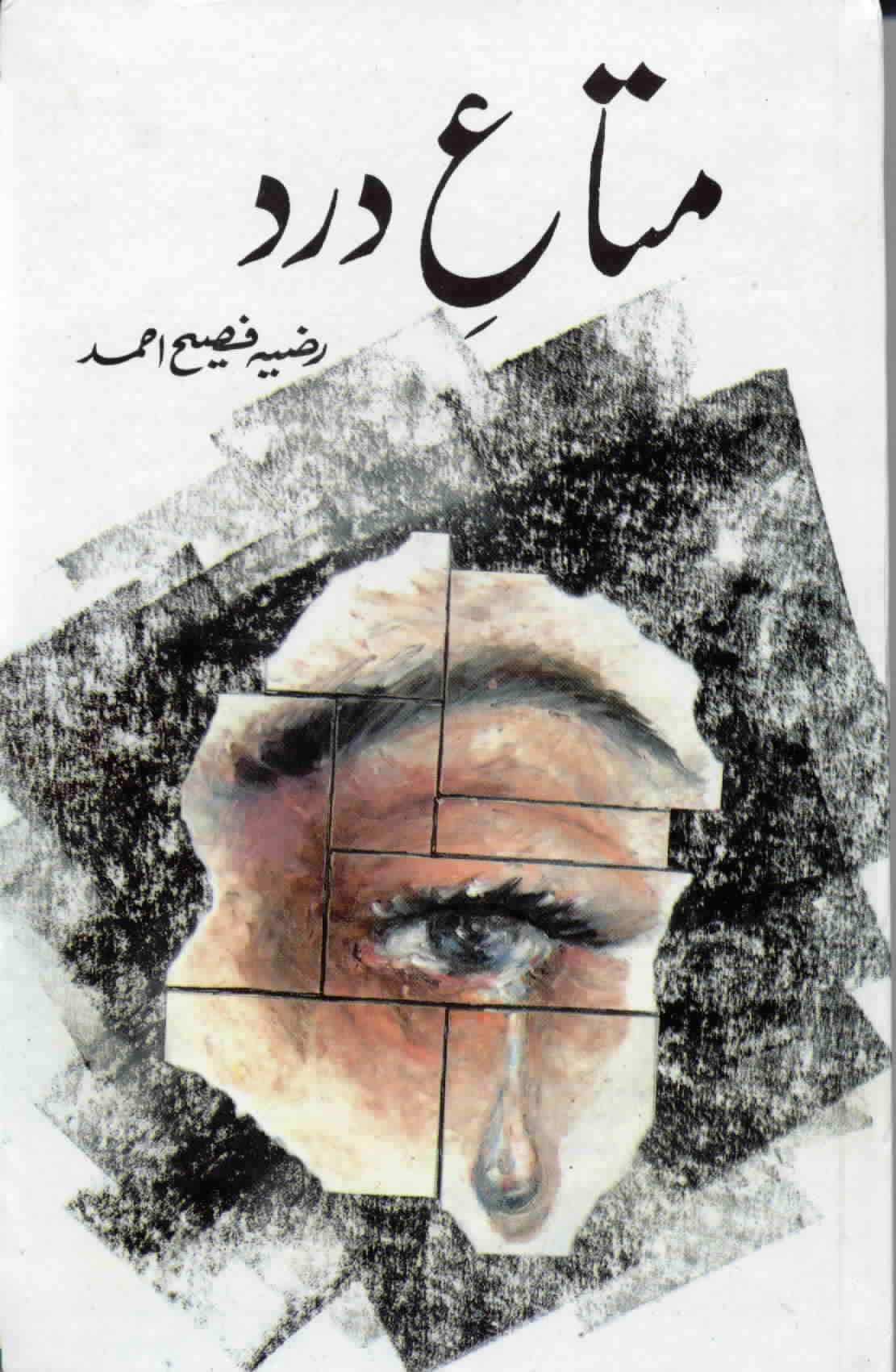


 In the realm of literature, perhaps the most popular form is the novel. Through its variety of themes and characters and also through kaleidoscopic projection of life, its appeals to wide interests.
In the realm of literature, perhaps the most popular form is the novel. Through its variety of themes and characters and also through kaleidoscopic projection of life, its appeals to wide interests.
During recent years, publishers in Pakistan too have preferred novels to short stories with the result that today our book-stalls are flooded with Urdu novels. Surprisingly, during recent years, women writers have come into foreground and most of the 'best-sellers' have been from the pen of women novelists.
Although the authoress of the book under review does not belong to the category of women writers who enjoy considerable popularity with the teen-agers - usually in middle class homes, she occupies an important place of her own. Endowed with a vivid sense of dramatic romance, she is distinguished for her deep insight into problems of the post-war generation, for her emotional sincerity, character delineations and her gift of 'innocent laughter.'
Although she has been writing good short stories and plays for over a decade, the authoress came into prominence with the publication of her first novel, AABLA PA which won for her, in 1964, the Adamji Prize for Literature. Between 1964 to date she has been writing short stories plays and novels. So far two new collections of short stories and a short novel INTEZAR-I-MAUSAM-I-GUL have already appeared, besides, of course, the novel under review. These details reflect well on her prolific pen.
The narrative technique of MATAEY DARD is simple and forceful. Its setting is somewhat removed from the novelist's normal experience and yet slowly its gains authenticity from her search for the elusive truth which has been responsible for so many good pieces of art.
MATAEY DARD is the appealing story of Gul, the heroine who comes from humble surroundings. Dame fate plays a painful joke with her and she ultimately joins a military hospital and serves as a dedicated nurse there. Unknowingly she falls in love with a wounded soldier and after going through many experiences, travels a long way to realise that humanity still has the choice of its destiny within the limits of its earthly existence. Towards the end, a different Gul finds peace and solace in the arms of her dead lover's mother.
This novel has popular appeal and it is obvious that the book has sprung from emotions and imagination that have been beautifully blended to produce a well-knit literary piece. That is why throughout the book, the narrative is interesting and as the novel moves towards its climax, all the characters look real and the climax itself acquires a symbolic quality, differing radically from drab reality.
While Razia's works are thoroughly and sensitively feminine, her themes are universal. They are firmly rooted in the grim realities of life. In the novel under review she has depicted an inspired and profoundly imaginative understanding of problems that face young men and women of our society of affluence and poverty.
- Anwar Enayetullah, DAWN March 15, 1970


